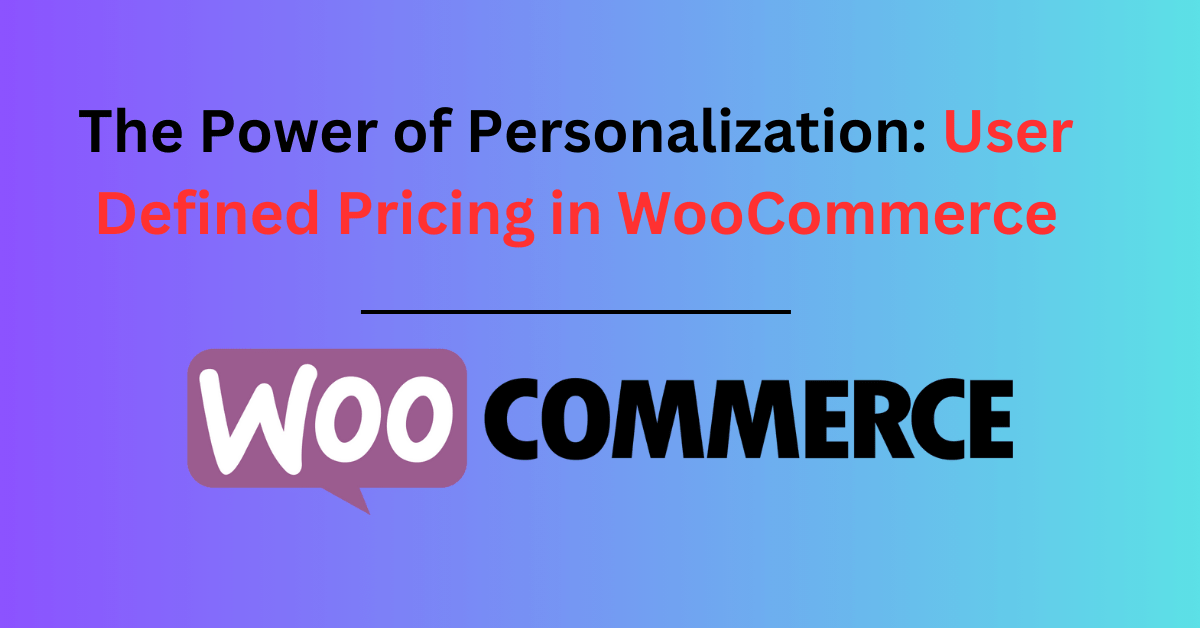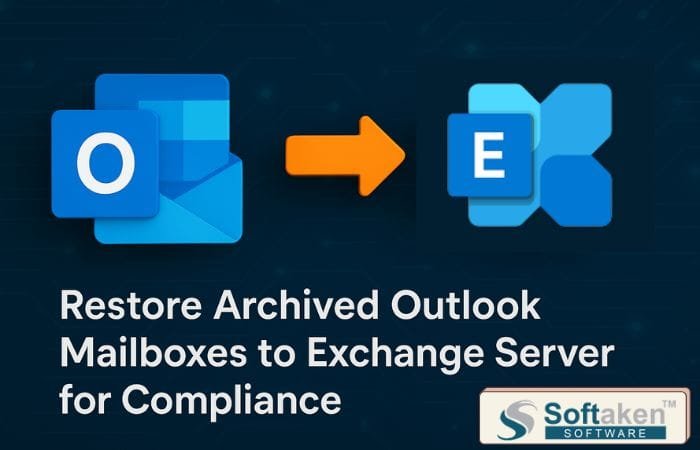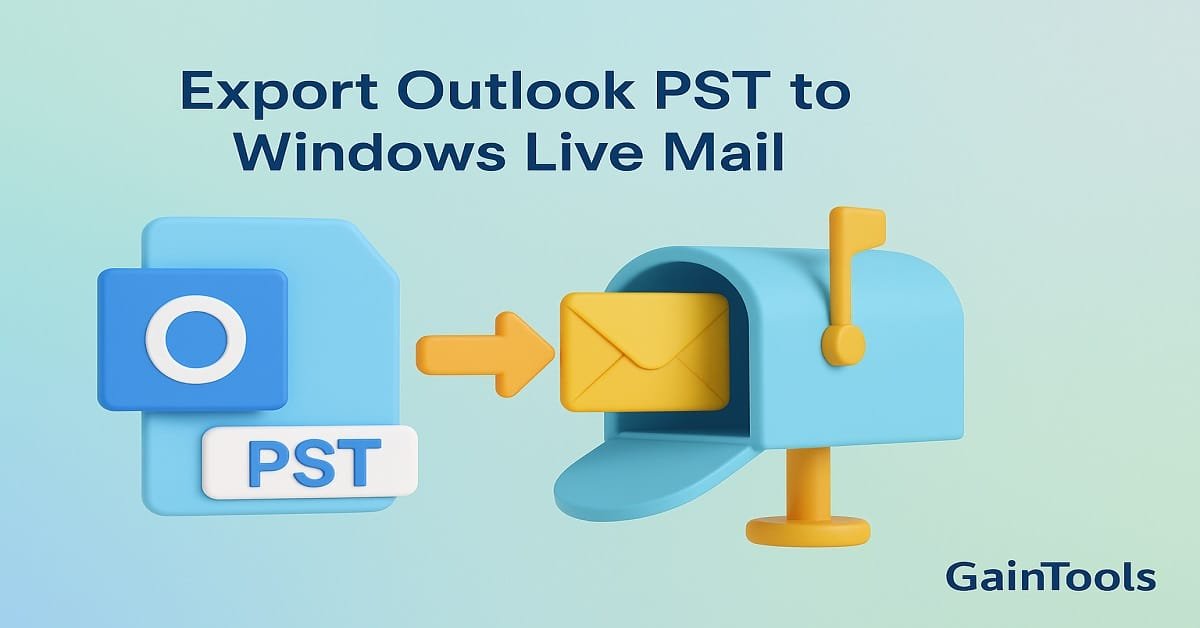Being different from the competition in the fast-paced world of e-commerce is essential for success. Offering your clients individualized experiences is one efficient method to accomplish this. One such method is using WooCommerce’s User-defined price, a potent feature that enables you to customize prices based on unique customer preferences. The idea of user-defined pricing, its advantages, and how to use it in your WooCommerce role based plugin store will all be covered in this post.
Understanding User Defined Pricing
What is User Defined Pricing?
User Defined Pricing, also known as personalized pricing, is a pricing strategy that allows online retailers to offer different prices to different customers based on various factors. This pricing model takes into account a customer’s past behavior, preferences, and other data points to determine the optimal price for a product or service.
How Does User Defined Pricing Work?
User Defined Pricing collects and analyzes data from each customer’s interactions with your online store. This data includes browsing history, purchase history, location, and even the device used for accessing the website. Advanced algorithms then use this data to calculate a customized price for each customer.
The Benefits of User Defined Pricing
Increased Conversion Rates
When customers see prices that are tailored to their preferences, they are more likely to make a purchase. User Defined Pricing can significantly boost conversion rates, leading to higher sales.
Improved Customer Loyalty
Personalization creates a sense of exclusivity and care. When customers feel that you are catering to their specific needs, they are more likely to become loyal to your brand.
Competitive Advantage
Not all e-commerce stores offer User Defined Pricing. By implementing this strategy, you can gain a competitive edge in your industry and attract more customers to your website.
Implementing User Defined Pricing in WooCommerce
Now that we understand the benefits, let’s delve into how you can implement User Defined Pricing in your WooCommerce store.
Data Collection
To personalize pricing, you need data. Collect information about your customer’s behavior, preferences, and purchase history. You can use tools like Google Analytics or WooCommerce’s built-in analytics features.
Use Pricing Plugins
There are several WooCommerce plugins available that can help you implement User Defined Pricing. Some popular options include “WooCommerce Dynamic Pricing” and “WooCommerce Personalized Pricing.” These plugins make it easy to set up personalized pricing rules.
A/B Testing
It’s essential to continuously optimize your pricing strategy. Conduct A/B tests to see which personalized pricing strategies work best for your audience. This will help you refine your approach over time.
Monitor and Adjust
Regularly monitor the impact of User Defined Pricing on your sales and customer satisfaction. Adjust your pricing strategy as needed to ensure it aligns with your business goals.
Conclusion
User Defined Pricing is a powerful tool that can revolutionize your WooCommerce store. By offering personalized pricing, you can increase conversion rates, foster customer loyalty, and gain a competitive advantage. Remember that the key to success is collecting and analyzing customer data, using the right plugins, and continuously optimizing your pricing strategy. Embrace the power of personalization and watch your e-commerce business thrive.






Tech content on this site may include contributed articles and partnerships with industry voices. Learn more in our Editorial Policy.